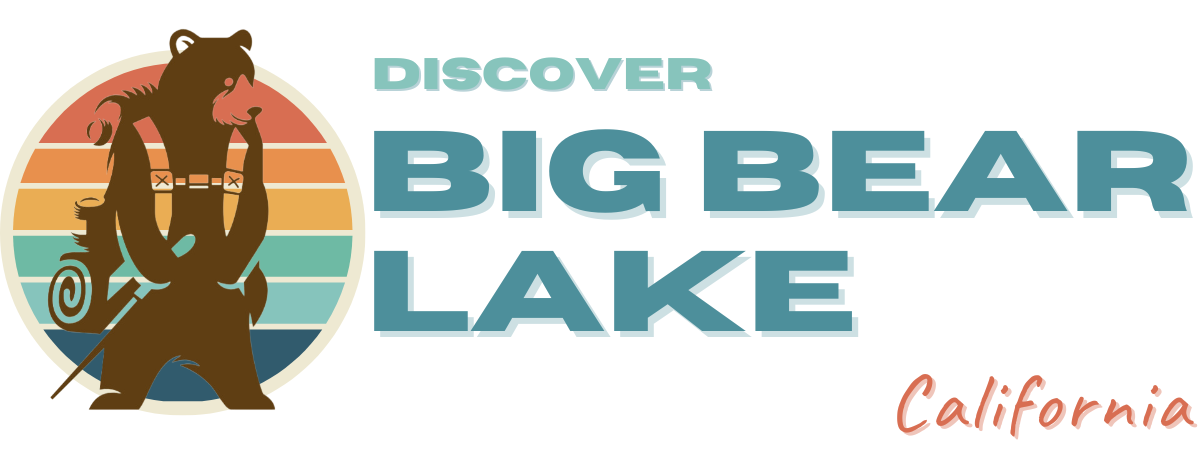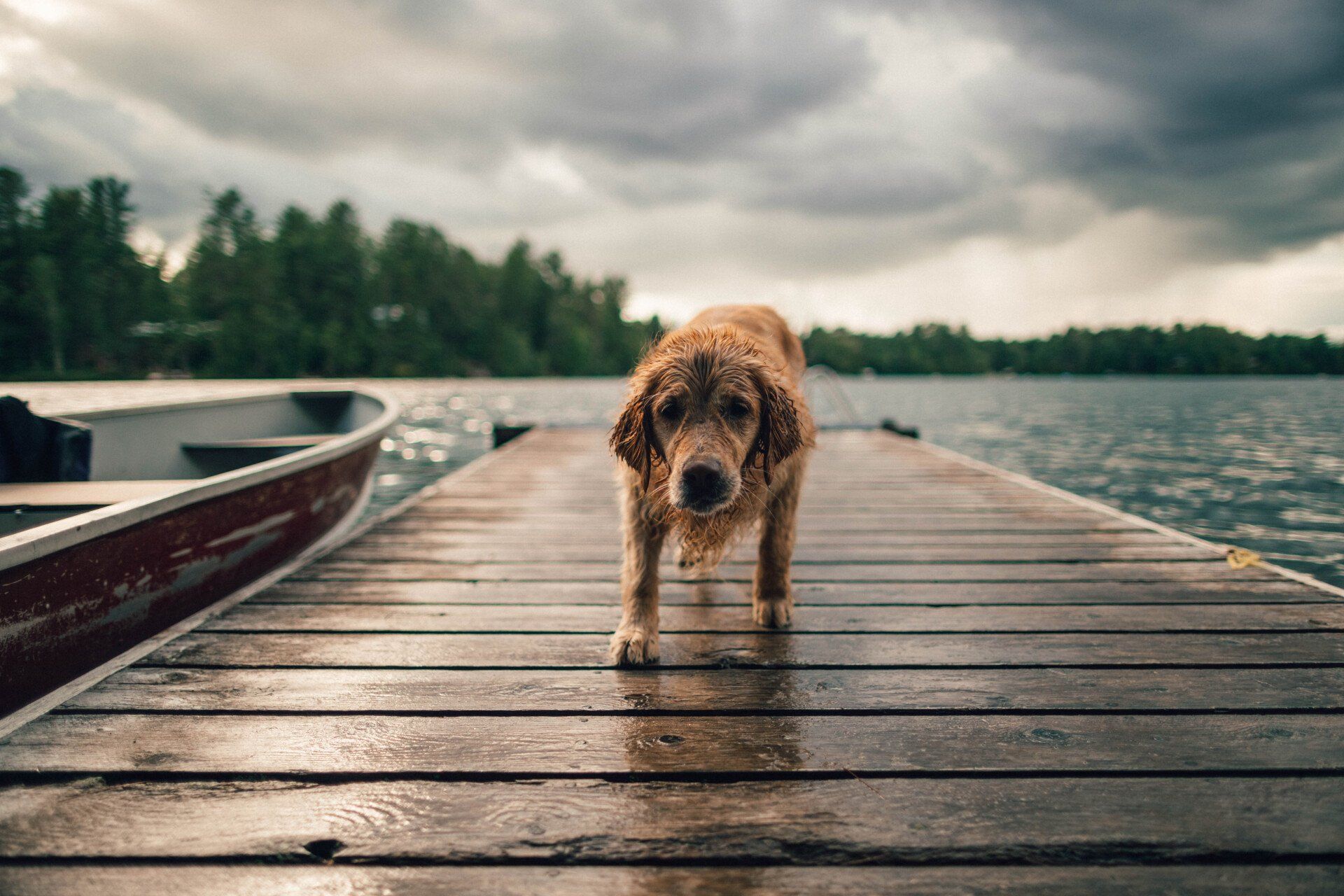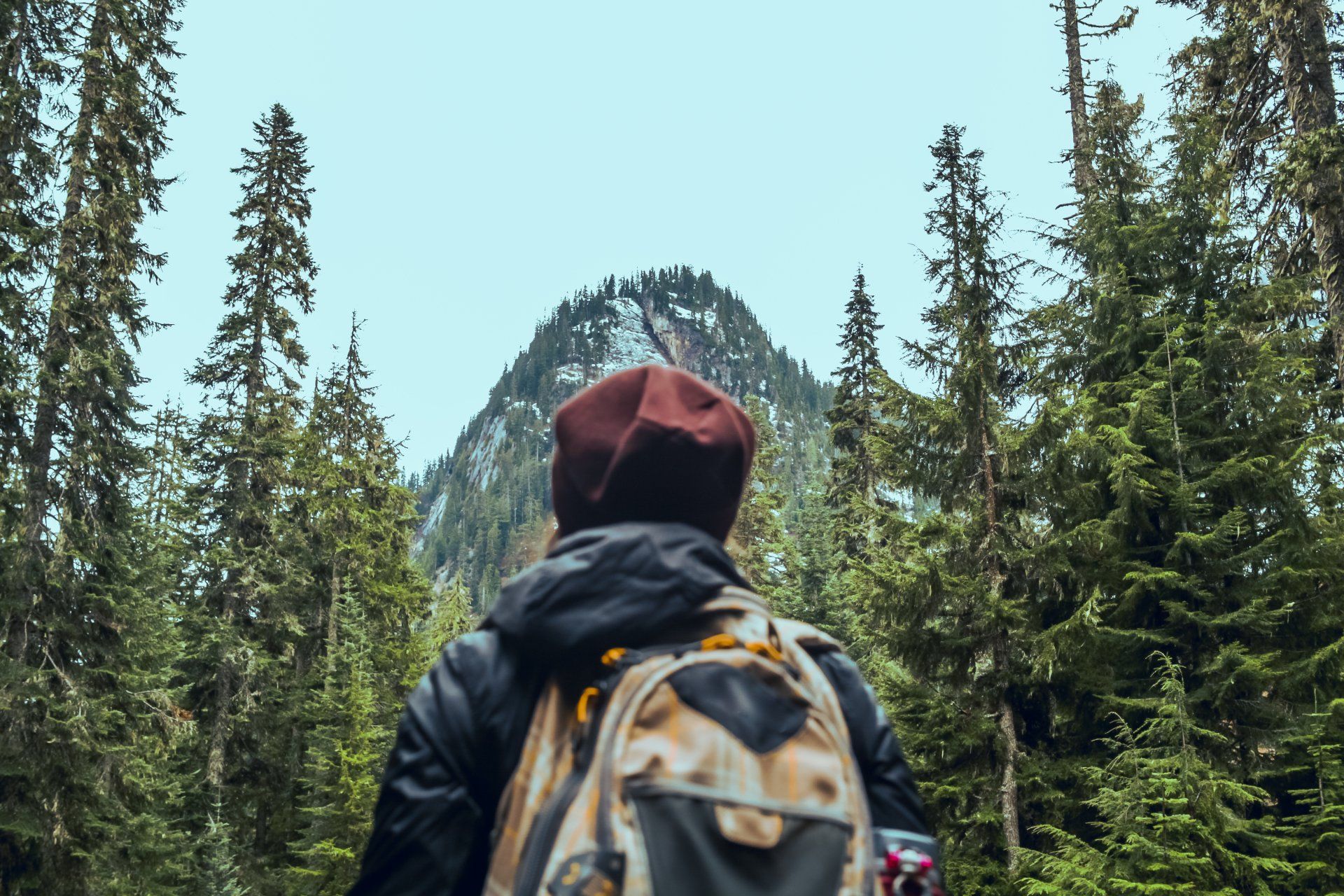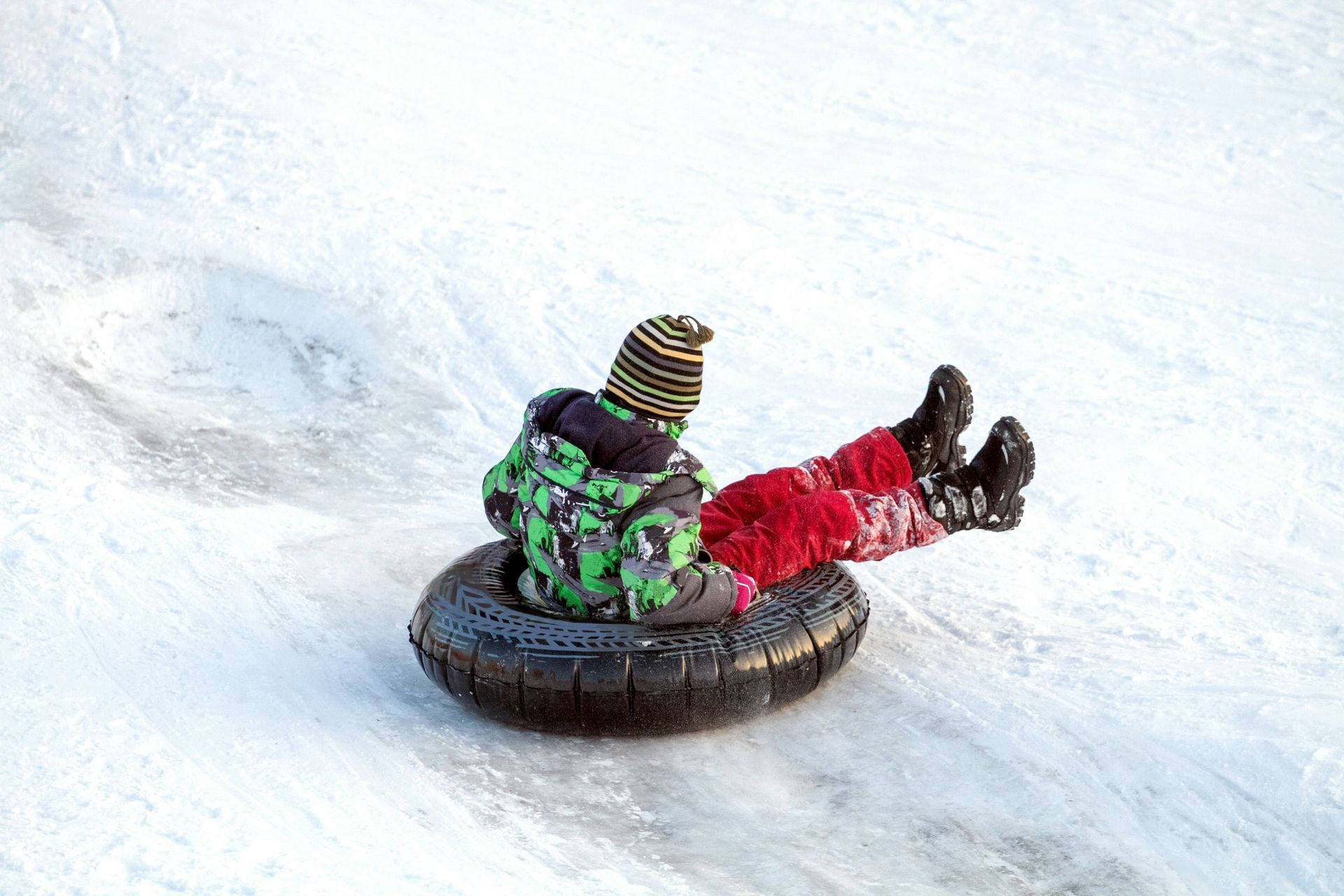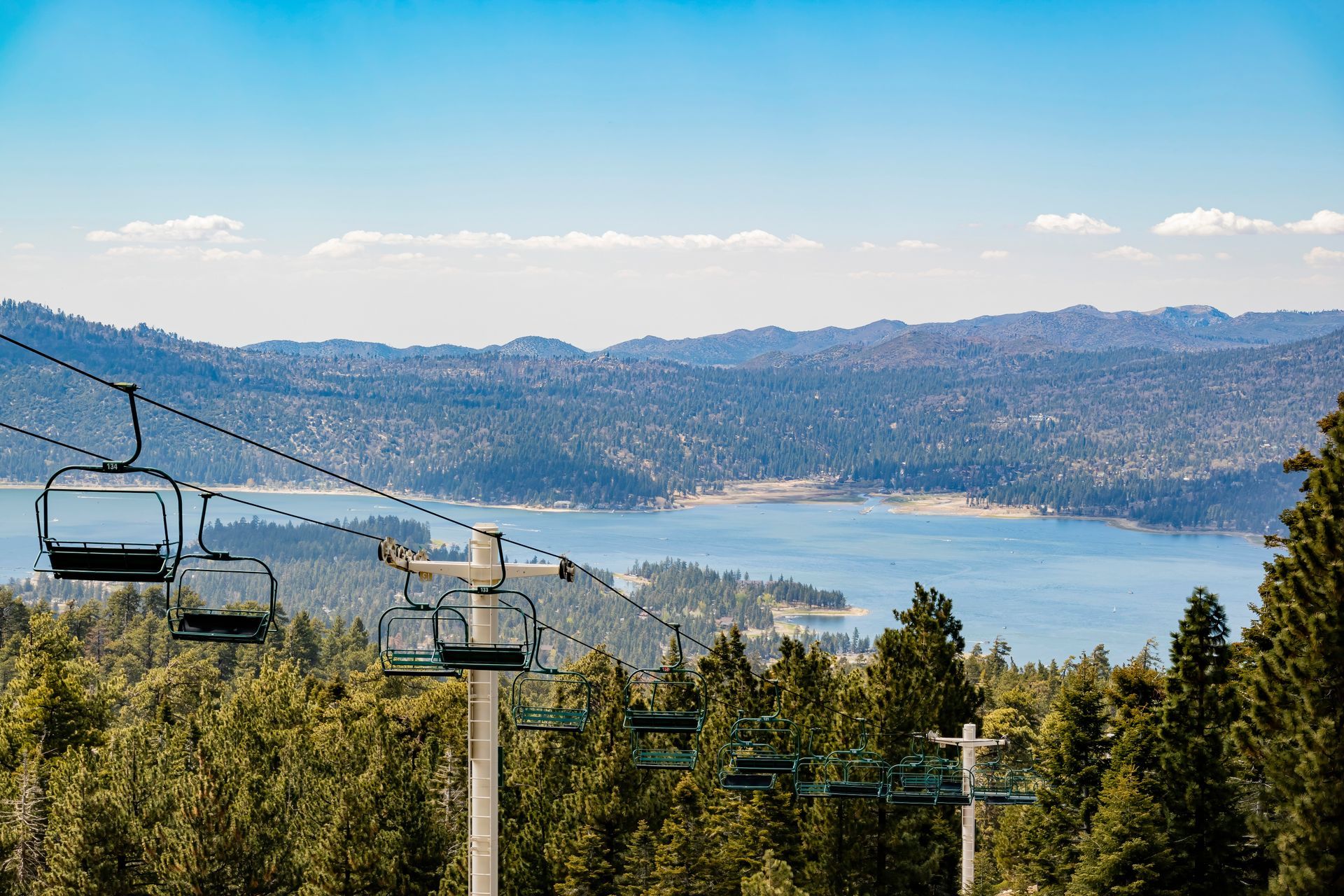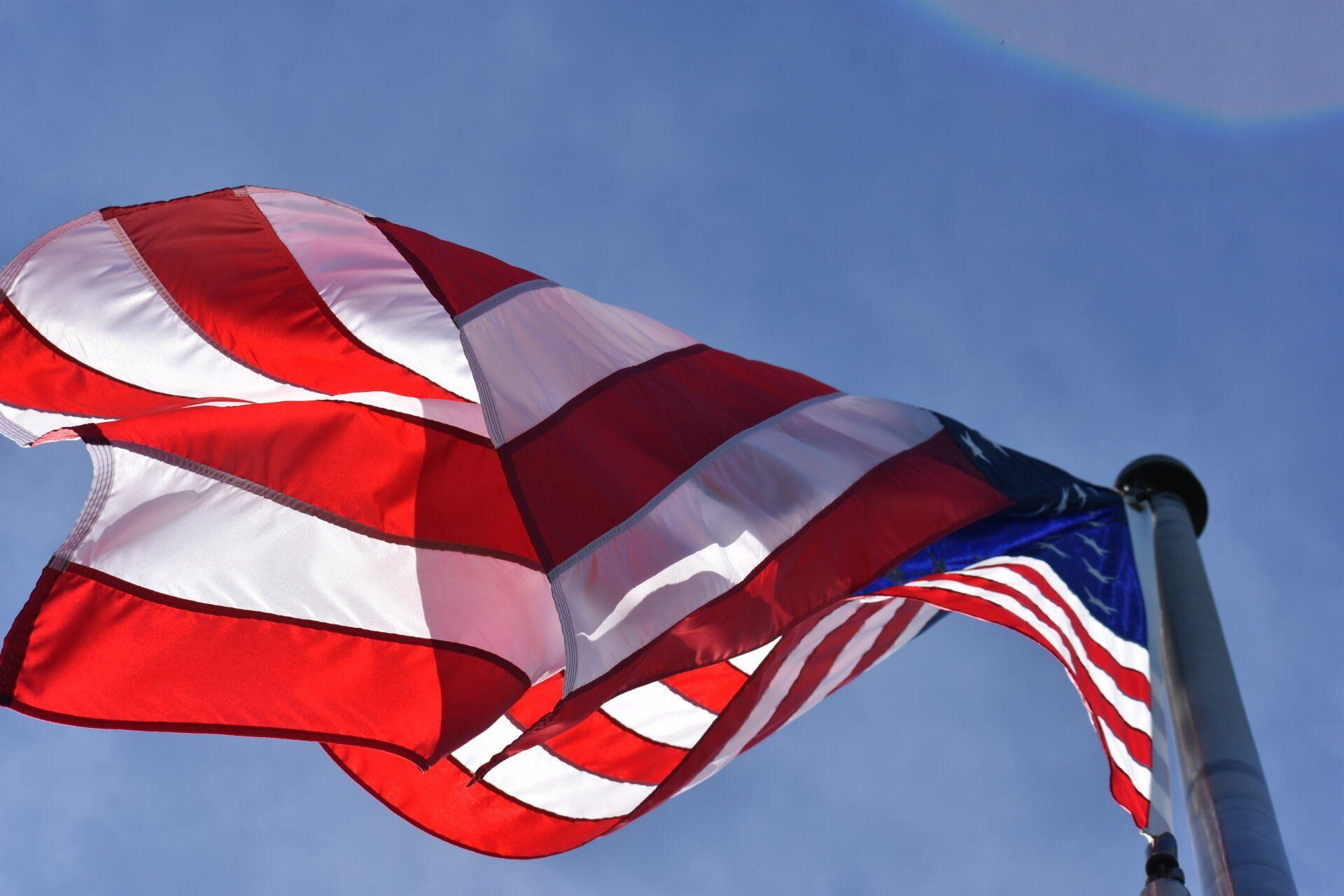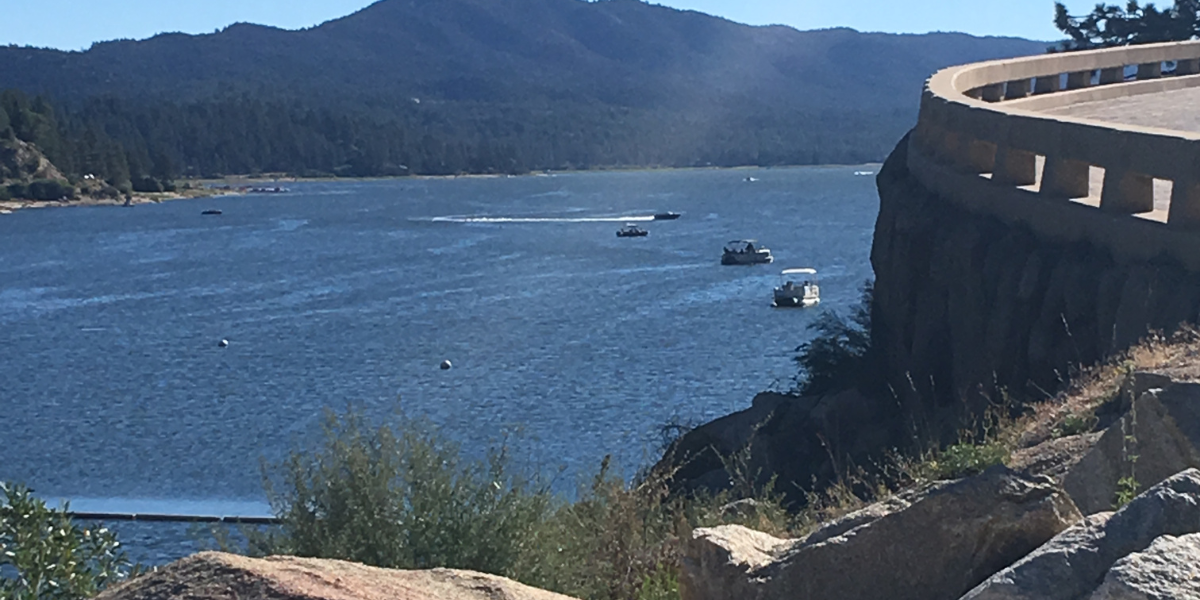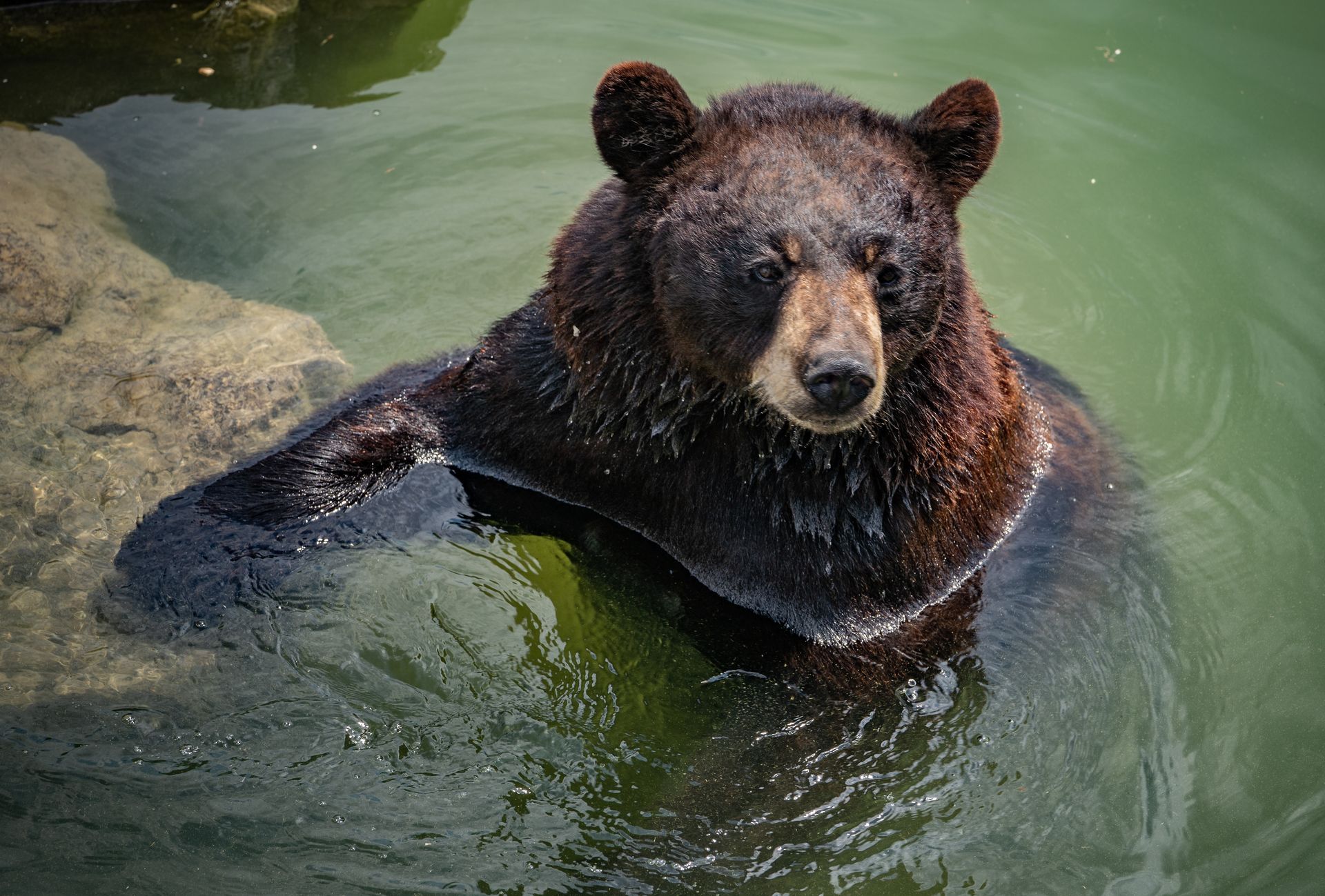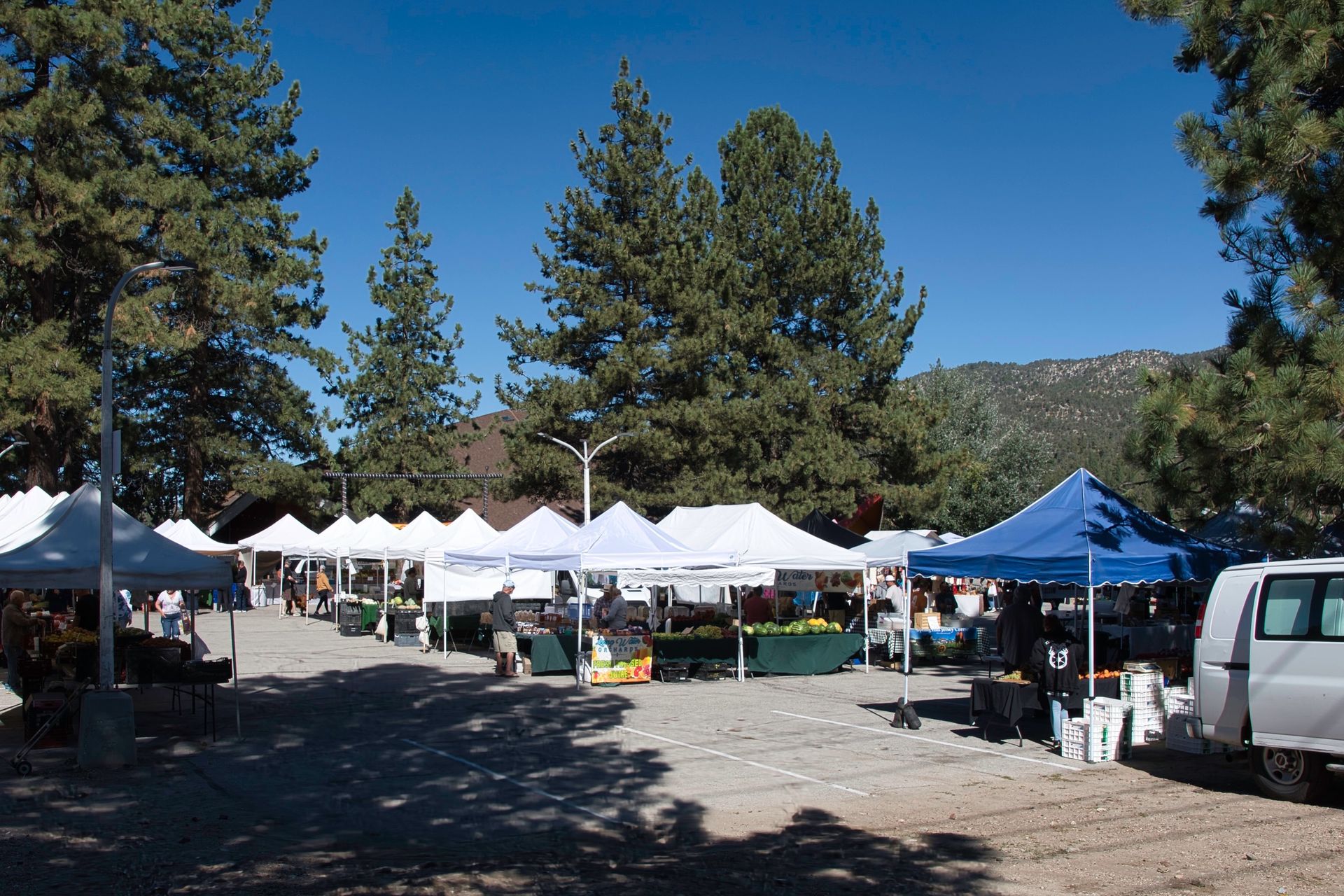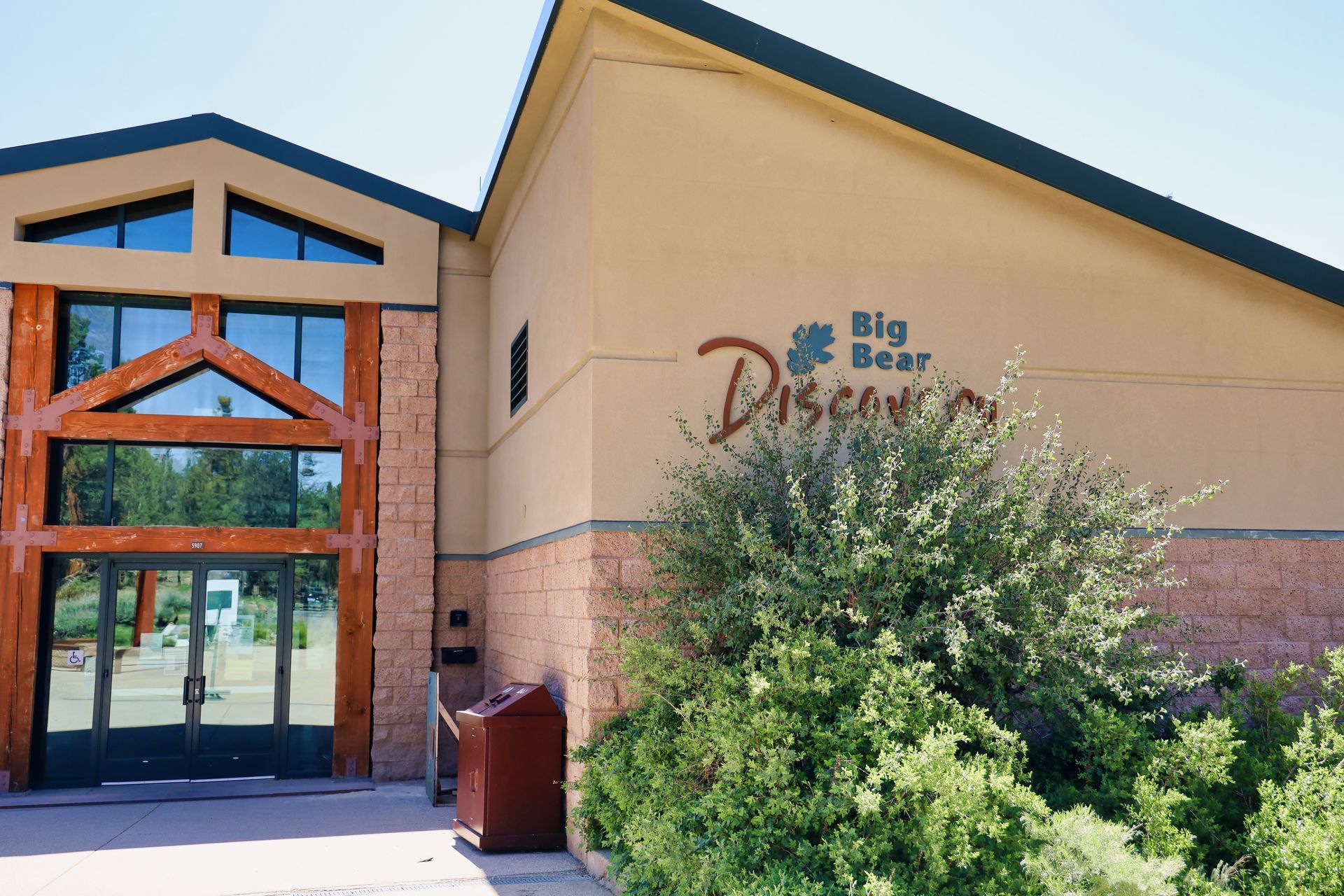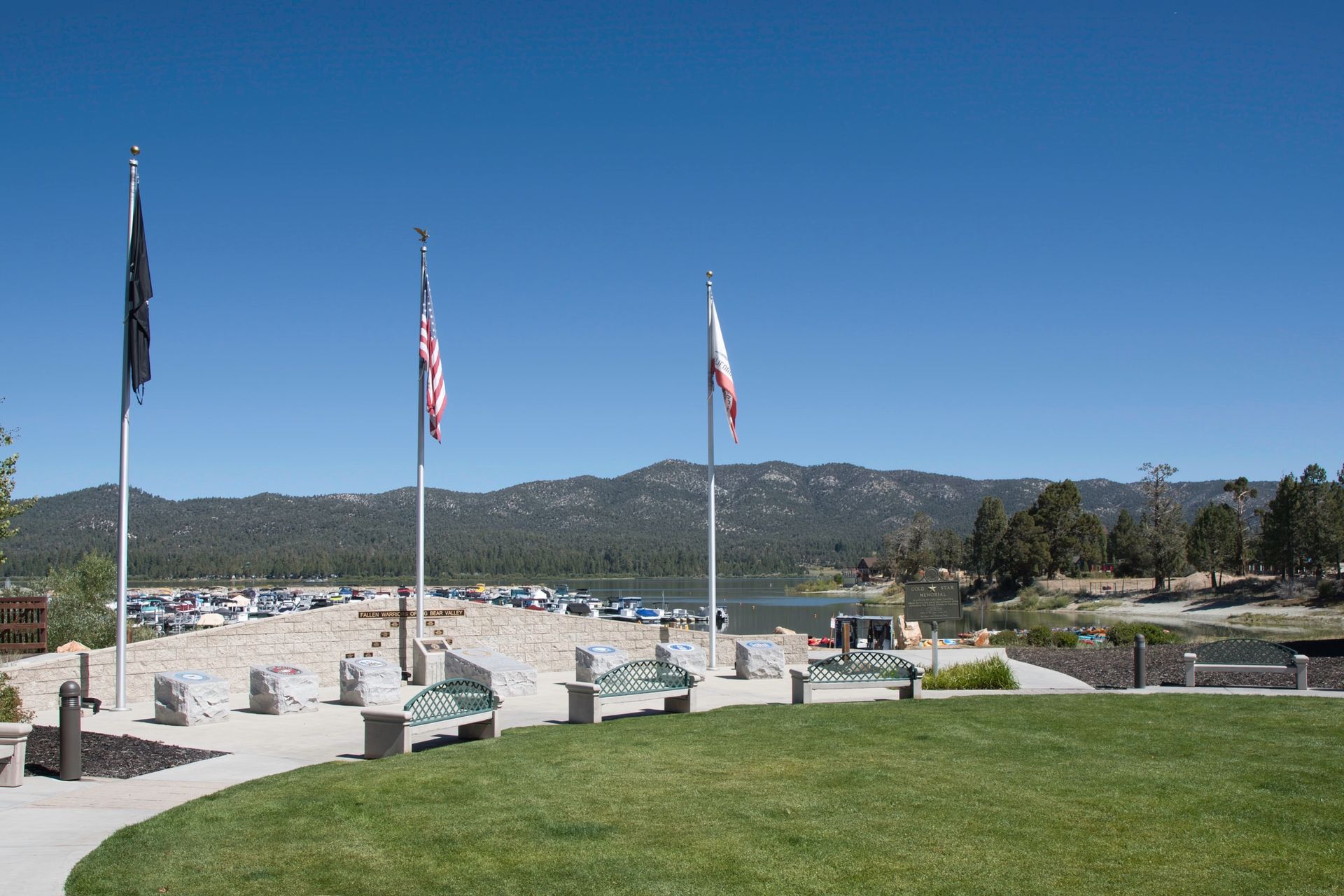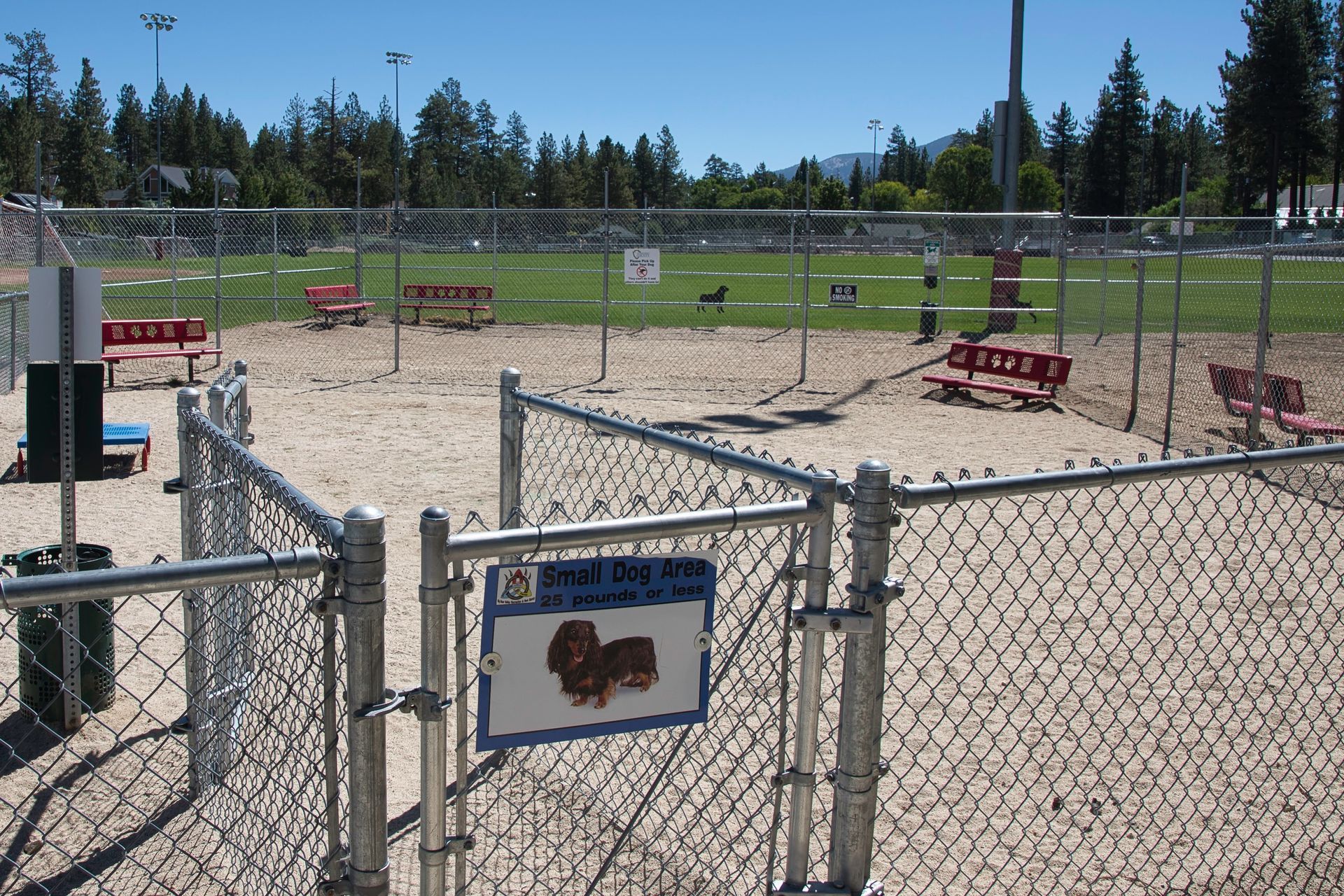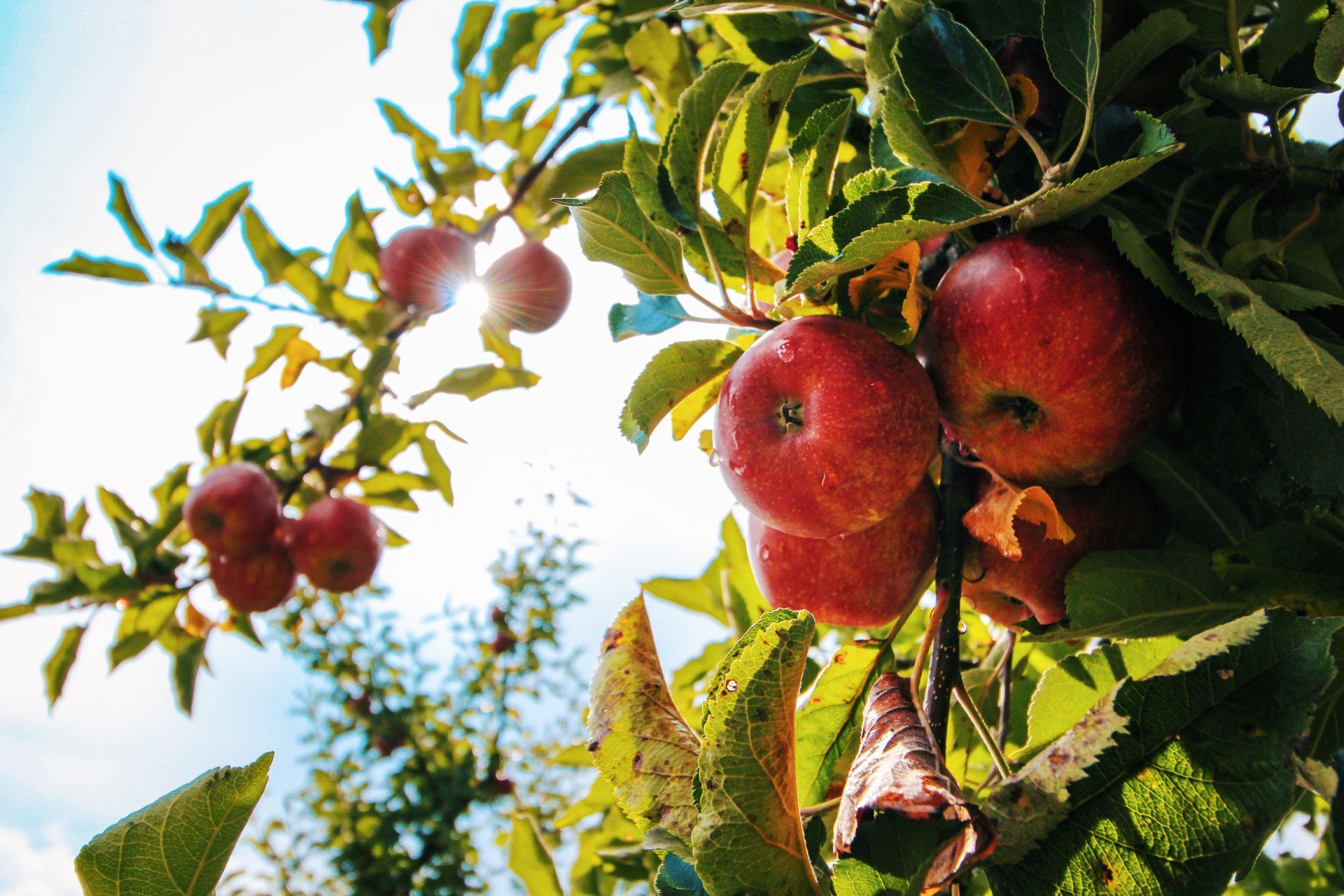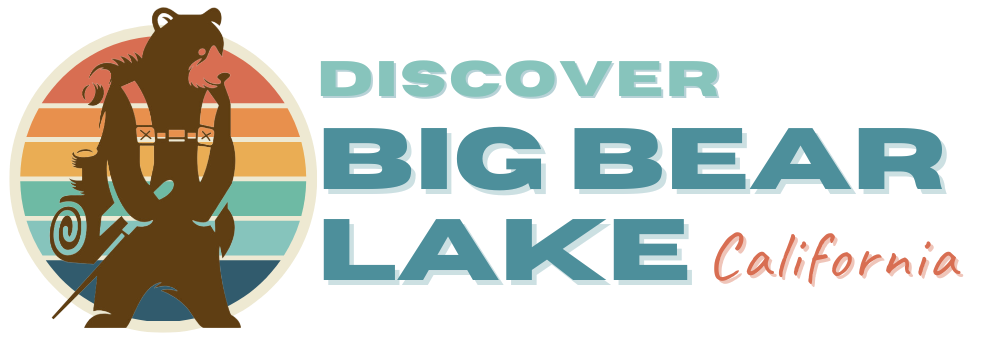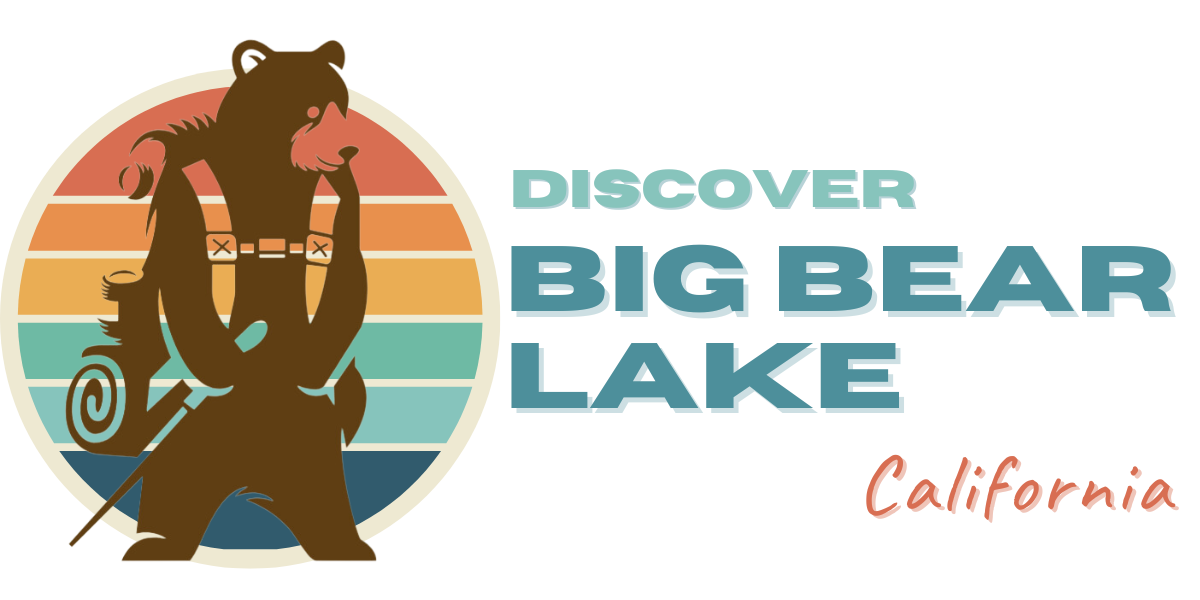
This page may contain affiliate links, and we may earn a commission, referral fee, or compensation. Please read our Disclaimer.
DISCOVER BIG BEAR LAKE
Winter Road Conditions in Big Bear Lake
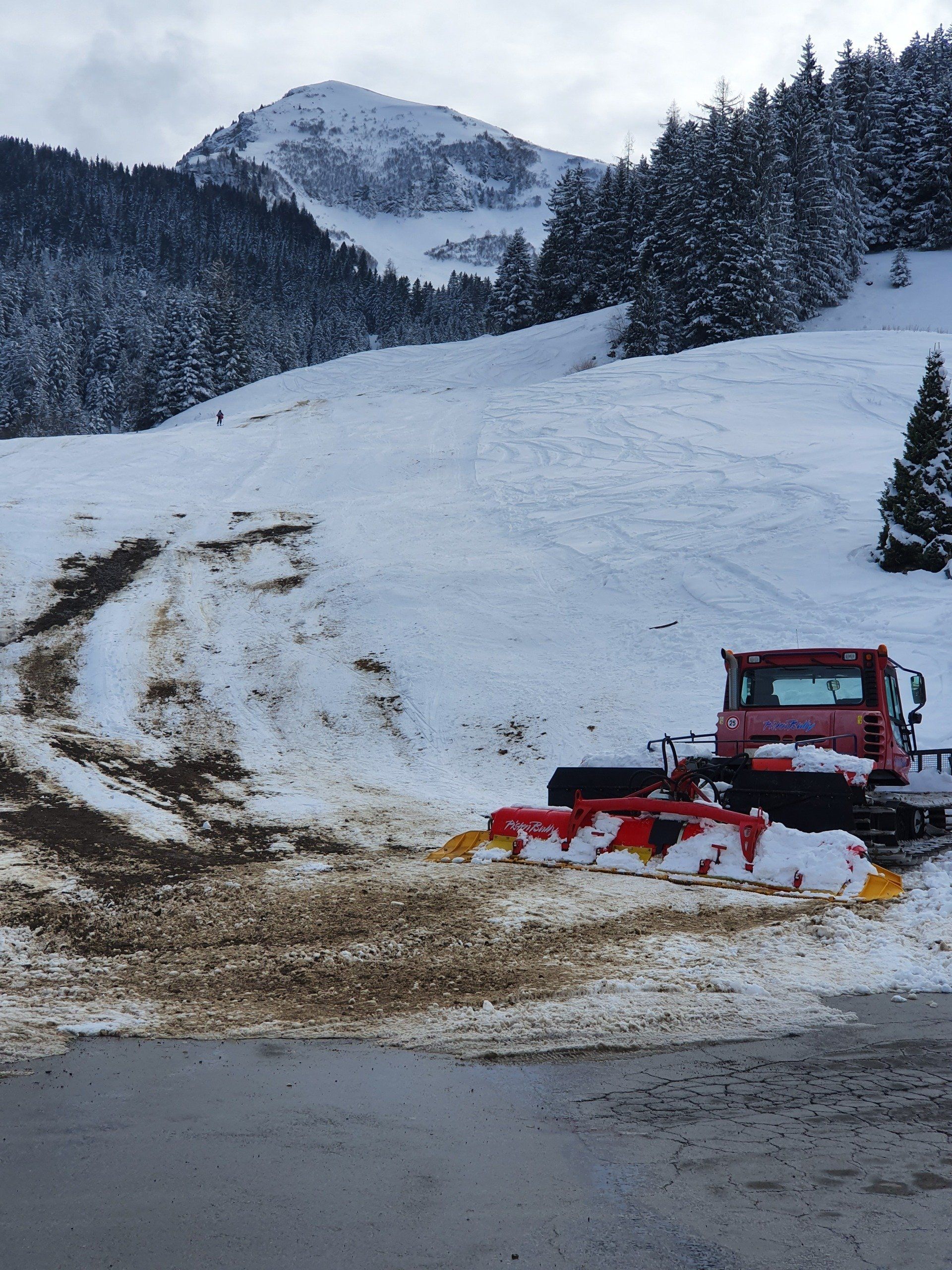
Popular Posts
Road Conditions on Way to Big Bear
There are 3 main routes to Big Bear Lake. You can normally expect the roads to remain clear and plowed before and after storms. However, during storms and after heavy snow storms there can be delays. Remember, all 3 routes to Big Bear Lake are two lane mountain roads so accidents, heavy snow and icy conditions can easily make it difficult for plows to access the roads to clear them. While uncommon, it is always best to prepare for long delays when traveling to Big Bear during a snow storm. Delays can exceed 4-5 hours in heavy snow conditions, especially on peak weekends.
The Scenic Route
The Scenic Route is known as the main route to Big Bear, via Highway 330 to State Route 18. This is typically the fastest route and most scenic but can be very unpredictable during the winter.
The Back Way
The Back Way is a great alternative during snow conditions. Although it is slightly longer drive, it is less traveled making it a better option during the winter months.
*** State Route 38 Is CLOSED from 4.1 mi west of Heart Bar Campground /at Jenks Lake Rd/ to 4.5 mi east of Heart Bar Campground /at Rainbow Ln/ (San Bernardino Co) as a result of storm damage from Hurricane Hillary.
The High Desert Route
Traveling from southern California, this can be a much longer drive. However, it should be considered if there are substantial delays on State Route 18. This route is most frequently traveled by visitors coming from Las Vegas and is not as steep as the scenic route. It also typically gets less snow than the scenic route.
Road Conditions in Big Bear
Big Bear does a wonderful job of keeping streets clear during winter. During typical winter weather in Big Bear, you can expect roads to be continually cleared during periods of snow and maintained. Most cabin rental owners hire private companies, as they are required, to clear driveways and walkways. However, remember that during heavy snow storms the unexpected can happen. Snow plows can get behind schedule and roads can become inaccessible for periods of time. It is always best to prepare for an unexpected snow storm.
Main Areas of Town
Big Bear Blvd is mostly flat and so is the Village. Traveling around town via Bear Blvd should be fairly easy during typical winter days.
Neighborhoods
Neighborhood streets can get a little tricky depending on where your cabin or hotel is located. For example Moonridge is known for steep winding roads. Even when roads are plowed, you may find it difficult to travel around without 4x4 or snow chains, especially when it is icy. Similarly, these areas often have very steep driveways. While cabin owners typically keep driveways and walkways clear, during snow, even a small storm, can be difficult. Therefore, it is important to consider the vehicle you will be driving and the driveway/parking situation of the cabin you are considering renting.New Paragraph
Are 4x4s Vehicles Necessary?
While 4x4 vehicles are not absolutely necessary for every trip to Big Bear during winter, they can be quite advantageous, especially in adverse weather conditions. Big Bear Lake does experience snowfall during the winter months, and the roads in the area can become icy and slippery, making driving more challenging. Four-wheel-drive (4x4) vehicles, when equipped with proper snow tires, can provide better traction and stability, particularly on the hilly and winding mountain roads. They offer an added layer of safety and control in snowy or icy conditions, which can be particularly useful for drivers who are not accustomed to winter driving.
Ultimately, the decision to use a 4x4 vehicle depends on your comfort level with winter driving, your vehicle's condition, and the current weather and road conditions.
Are Snow Chains Required?
In California, chain laws are crucial regulations put in place to ensure the safety of motorists traveling in areas affected by snow and ice during the winter months. These laws are primarily enforced on mountainous and high-elevation roadways to prevent accidents and hazardous conditions, including Big Bear Lake.
There are typically three levels of chain requirements:
- Requirement R-1: Under this level, vehicles must have either snow chains on their tires (for two-wheel-drive vehicles) or snow tires with the M+S (Mud and Snow) designation. All vehicles must carry chains, and the California Highway Patrol can enforce this requirement when they deem it necessary for safety.
- Requirement R-2: When conditions worsen, an R-2 requirement may be imposed. This means that all vehicles, except those with all-wheel drive or four-wheel drive equipped with snow tires, must put on snow chains.
- Requirement R-3: The most severe level, R-3, mandates that all vehicles on the road, regardless of their drivetrain, use snow chains.
Travel with Snow Chains
During the winter it is best to always travel with snow chains in the car when traveling to Big Bear Lake. During R-1 conditions, which typically is a relatively low amount of snow, snow chains are required to be in the car. You cannot purchase snow chains on the road to Big Bear and Highway Patrol is known to conduct checkpoints along the way. You do not want to be forced to turn around for failing to carry chains. There is also very few places to purchase chains in Big Bear Lake. And even if you were to find some, the chances that they fit your car are slim. Be sure to purchase chains that fit your car in advance. You can find snow chains on Amazon.
Prepare For Fast Changing Weather Conditions.
When traveling to Big Bear Lake, particularly during the winter months, it's vital to prioritize safety. Road conditions can change rapidly, and being well-prepared is essential.
Here are some key precautions to take:
- Check Road Conditions: Before hitting the road, always check the current road conditions and any chain requirements. You can find this information through the California Department of Transportation (Caltrans) or California Highway Patrol (CHP) websites or apps. Staying informed about closures and chain mandates will help you plan your route accordingly.
- Carry Essentials: Be sure to pack essentials such as bottled water, non-perishable snacks, a shovel, and a first aid kit. These items can be a lifesaver in case you get stuck or encounter an emergency. Extra blankets, warm clothing, and a flashlight with extra batteries are also wise additions to your winter travel kit.
- Plan for Emergencies: It's essential to be prepared for any unexpected situations. Familiarize yourself with basic winter emergency procedures, including how to use tire chains if necessary. Make sure your cell phone is charged and carry a car charger or power bank to ensure you can stay connected in case of an emergency.
By taking these precautions, you'll not only enhance your safety but also ensure a smoother and more enjoyable winter journey to Big Bear Lake, where weather conditions can change rapidly, making it vital to be prepared for the unexpected.
More Articles
Read the latest from the blog about Big Bear Lake
Subscribe to our newsletter
All Rights Reserved | Discover Big Bear Lake
Designed & Managed by Discover Marketing
